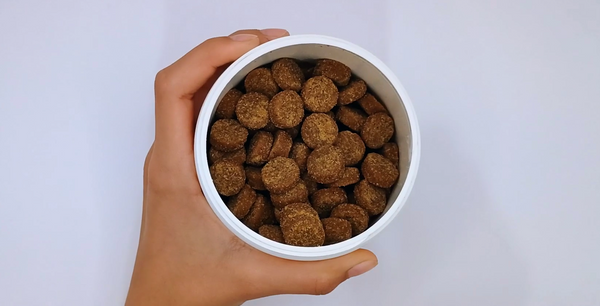
La importancia de cortarle las uñas a tu perro
Cortarle las uñas a su perro es más que una simple tarea de aseo: es esencial para su salud y bienestar general. Analicemos por qué es importante el cuidado de las uñas, con qué frecuencia debes recortarlas y algunos consejos para que el proceso sea libre de estrés.
¿Por qué es importante cortarse las uñas?
-
Comodidad y movilidad : las uñas demasiado grandes pueden causar molestias y afectar la capacidad de su perro para caminar o correr correctamente. Imagínese usar zapatos demasiado ajustados; lo mismo ocurre con nuestros amigos peludos.
-
Prevención de lesiones : Las uñas largas pueden provocar roturas, especialmente en climas secos. Además, las uñas sin cortar pueden disminuir la tracción, afectando la movilidad y potencialmente causando dolor.
-
Postura y conformación : las uñas descuidadas pueden alterar la forma de los dedos y las patas de su perro, lo que a su vez afecta sus piernas y su postura general.
- Buenas prácticas de cuidado: Cortar las uñas de tu perro genera un vínculo especial entre tú y tu querido amigo peludo. En Makondo Pets promovemos soluciones sustentables, la conservación del planeta y el cariño a las mascotas. Echa un vistazo a nuestra línea de productos de peluquería canina para profundizar el vínculo con tu perro.
¿Con qué frecuencia debes recortar?
-
Regla general : Córtale las uñas a tu perro tantas veces como sea necesario para evitar que toquen el suelo cuando está de pie. Las uñas claras hacen que sea más fácil ver la parte viva (el vaso sanguíneo dentro de la uña), mientras que las uñas negras requieren un cuidado especial.
-
Factores a considerar :
- Superficie : Los perros que se encuentran en superficies duras (como el asfalto) desgastan las uñas más rápido que los que se encuentran en el césped o la alfombra.
- Nivel de actividad : Los perros activos pueden necesitar menos recortes debido al desgaste natural.
- Nutrición : Los perros bien nutridos suelen tener uñas más fuertes y menos quebradizas.
- Condiciones de salud : Ciertas condiciones pueden afectar el crecimiento de las uñas.
Consejos para recortar sin estrés:
-
Acostúmbrese : comience temprano, maneje las patas de su perro con cuidado y recompense el buen comportamiento. La familiaridad reduce la ansiedad.
-
Establezca una rutina : revise las uñas cada 1 o 2 semanas para que su perro se acostumbre a manipularlas.
-
Conozca la Anatomía : Recorte la punta del caparazón, evitando lo vivo. Las uñas claras son más fáciles de recortar.
-
Elija la herramienta adecuada : utilice una cortadora o una amoladora. Tenga a mano polvo astringente en caso de accidentes.
-
Los accidentes ocurren : si corta demasiado, aplique polvo astringente para detener el sangrado.
Recuerde, cortar las uñas con regularidad promueve la comodidad, previene lesiones y contribuye a la calidad de vida general de su perro. ¡Feliz recorte! 🐾

